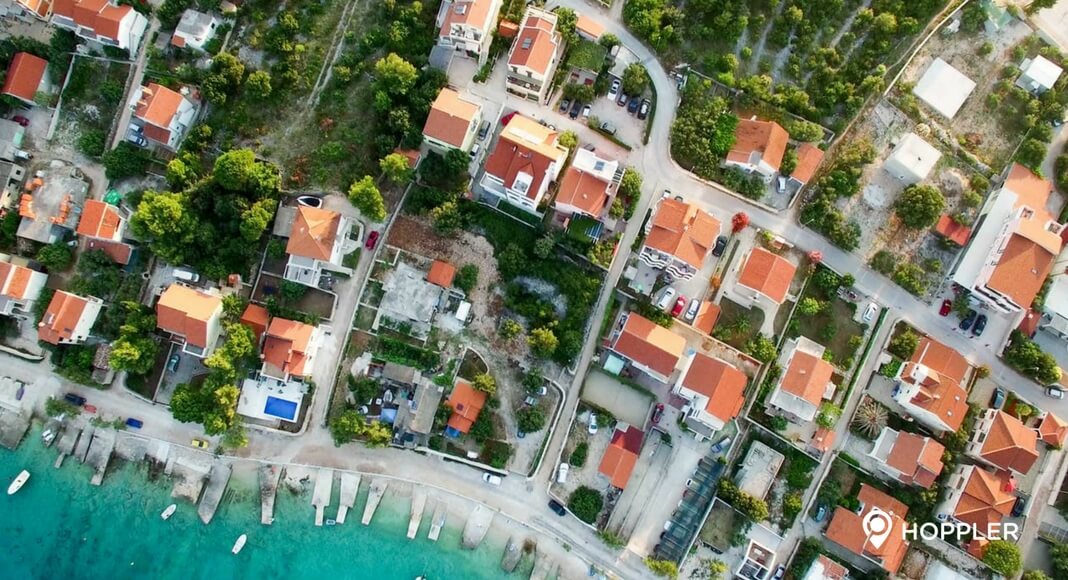Until When Can the Current Real Estate Boom be Sustained?
Nobody can really predict with great accuracy when a bubble will burst or a market will crash. Even economists are not equipped to identify when such dire economic downturns would happen. Had it been an easy study, then all governments across the globe would have rallied to launch programs to stop such scenarios. It would have been a neat trick to be able to know when the value of real property has reached unsustainable levels and start to decline. A bubble bursts without much fanfare. A crash happens not subtly but suddenly. Is there a cycle? Are we there yet?
Until when is this real estate boom? Can this be sustained? No, this robust outlook is logically not sustainable. What goes up, must come down. Sooner or later, the demand will be satisfied. There is no infinity in this market equation. But exactly when is the point of no return? This would remain a mystery unless a new perspective in economics comes to light. In the meantime, at best, investors can only strive to study after the fact.
Here 4 are indicators that could serve as guide posts:
-
Healthy Philippine economy
Our economic growth is based on strong fundamentals. We experienced a 5.6 % increase in Gross Domestic Product (GDP) in the second half of the year with foreign direct investments earnings for the first half of the year reaching USD 70M.
Pricewaterhouse-Coopers (PwC) ranked Metro Manila as the fourth top real estate investment destination in Asia-Pacific, behind Tokyo, Shanghai, and Jakarta.
- Real Housing Shortage: Wanted 5.5M Residential Units
A study done by Ateneo de Manila showed that the housing backlog is at 3.9M housing units in 2014. From PwC, it is 5.6M by next year. Regardless of the exact number, the demand is on an uptrend, growing at 3 to 5% per year. 8990 Holdings President Januario Jesus Gregorio Atencio III pointed out that we have a solid demand for affordable housing coming from a “young and growing population whose purchasing power is gradually increasing.” This demand is high coming from low to medium-income wage earners, especially among the families of overseas Filipino workers (OFW) and BPO workers, an emergent middle class.
- Genuine Homebuyers as end-users
Majority of the housing demand come from actual end-users. A profile of homebuyers show that these are people who want to buy their own dream house. They did not buy to invest but to reside. The greater majority of OFW who send money to their families, do so to ensure shelter for their loved ones. These homeowners want a real home for themselves.
On the other hand, speculative demand is minimal compared to Singapore and Hong Kong. The number of home buyers far exceed real estate speculators. Real estate purchases for equity appreciation in the short term is not that significant.
- Tight monitoring by the BangkoSentralngPilipinas
Since the 1997 Asian financial and the recent 2008 global economic crises, BSP has been keeping a close watch on the property market. In end-2014, the BSP has added prudential measures. It imposed a limit on universal, commercial, and thrift banks. It also regulated the use of real estate to secure loans. Only as much as 60% of the value of real estate can be used as collateral. Banks are required to check home mortgage loan applications to weed out unqualified borrowers. It also ordered banks to regularly report loans given out to developers including any investment in securities to finance real-estate activities, as well as their exposure to the property sector.
Overall, the continuous upturn of the real estate sector will open a wider door of opportunity to both developers and buyers as the government maintains its heavy role in securing growth and progress. The players in the real estate industry are gearing up for more positive uproar in the months to come.



